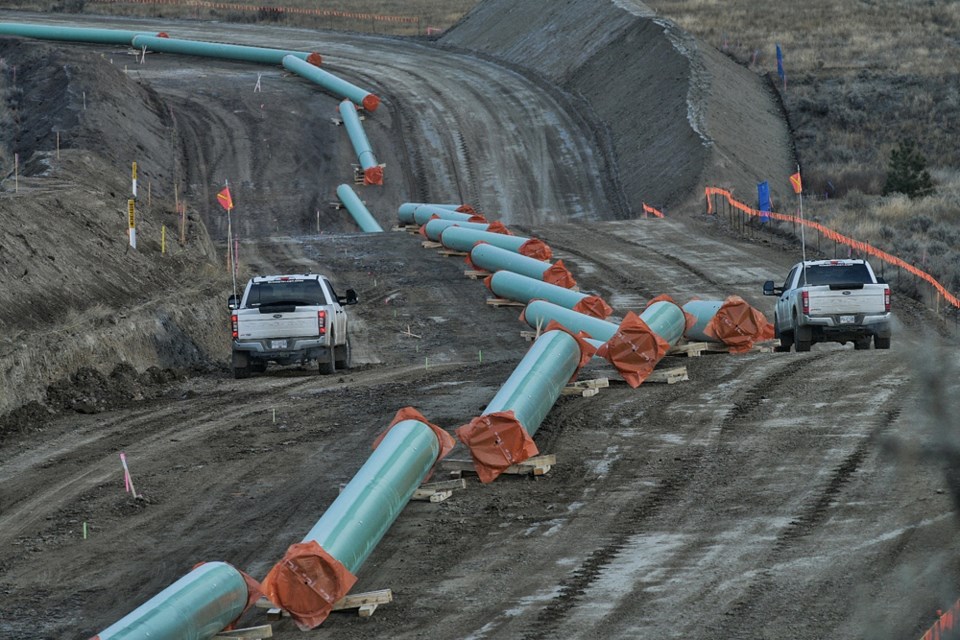Trans Mountain Route Deviation Gains Regulatory Approval

The Canada Energy Regulator has made a landmark decision in favor of a route deviation for the Trans Mountain Expansion Project. The regulatory body has given its approval for a deviation in the route of the Trans Mountain pipeline expansion, the ruling is expected to spare the government owned pipeline project from an extra nine-month delay.
The ruling comes a week after hearing oral arguments from Trans Mountain and a British Columbia First Nation that opposes the route change. The regulator however didn’t release for the ruling citing that it will be publicized in the coming weeks.
For several years, the Trans Mountain Expansion Project has been a focal point of discussions, debates, and controversies in Canada. The project’s primary objective is to expand and enhance the existing Trans Mountain pipeline system, which has been transporting crude oil and other petroleum products from Alberta to the west coast of British Columbia for decades.
The expansion aims to increase the pipeline’s capacity, allowing for the transportation of more oil to international markets, particularly in the Asia-Pacific region.
By aligning with Trans Mountain Corp. (TMC), the regulator is giving approval for the pipeline company to alter the route slightly for a 1.3-kilometre stretch of pipe in the Jacko Lake area near Kamloops, B.C., as well as the construction method for that section.
Trans Mountain had earlier raised claimed about running into engineering difficulties in the area related to the construction of a tunnel, and warned that sticking to the original route could result in up to a nine-month delay in completion of the pipeline and an additional $86 million in project costs.
The application by Trans Mountain was opposed by the Firs Nation who claimed that the area has a ‘profound spiritual and cultural significance’ to their people and they only agreed to the pipeline’s construction provided that Trans Mountain would minimize surface disturbances by implementing specific trenchless construction methods.
